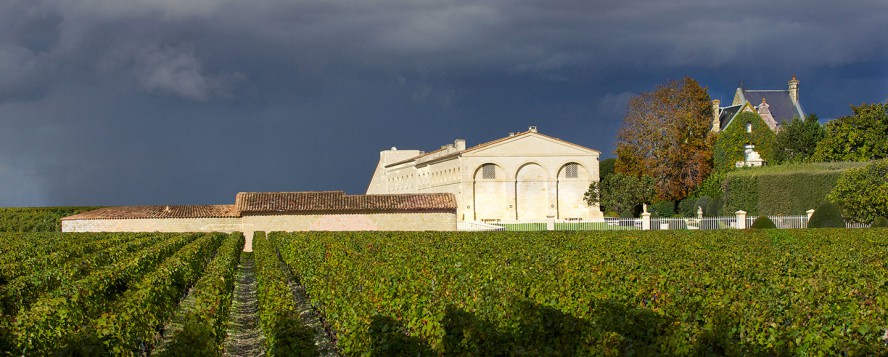Food Wine Red Wine
Château Mouton Rothschild 2016
Château Mouton Rothschild 2016
Composed of 83% Cabernet Sauvignon, 15% Merlot, 1% Cabernet Franc and 1% Petit Verdot, the 2016 Mouton Rothschild has an opaque garnet-purple color. WOW--the nose explodes from the glass with powerful blackcurrant cordial, black raspberries, blueberry pie and melted chocolate notions, plus suggestions of aniseed, camphor, lifted kirsch and the faintest waft of a subtle floral perfume in the background.
From the Médoc…
Château Mouton Rothschild spans 90 hectares (222 acres) of vines to the north-west of Bordeaux, on the edge of the Médoc peninsula, itself situated, as its name indicates, in medio aquae, amid the waters: those of the Gironde estuary to the east and of the Atlantic Ocean to the west. The Médoc vineyard, which dates back to Roman times, now covers around 16,500 hectares (41,000 acres). The vines are planted on a narrow strip of land 80 km long and 5 to 10 km wide, close to the river, which irrigates the soil in depth and moderates differences in temperature. Bordering the northern limit of the Landes forest, the Médoc benefits from the mildness of the ocean climate while also being protected from its excesses.
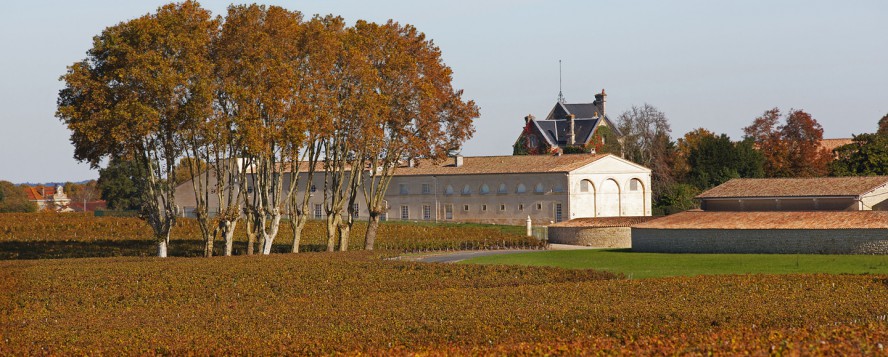
Gravelly soil
Made up of gravel – stones and pebbles which retain the heat of the sun – mingled with sand and some clay, the Médoc soil is poor and unsuitable for growing anything other than vines, which produce the finest wines in the world. The thin and poor, gravelly soil extends down several metres over a clay-limestone base. The vines give elegant, powerful, richly tannic and long-lived wines.

Topography
The topography consists of a series of hillocks, generally less than 40m high, separated by lower-lying land. Their gentle slopes favour natural drainage and exposure to sunlight. The best vines often grow on these hillocks, which give their name to certain famous châteaux: Mouton doubtless comes not from the animal but from “motte” or “mothon”, an old French word meaning a rise or mound, while Lafite comes from “faîte”, or ridge, and Cos d’Estournel from “côte”, or slope.
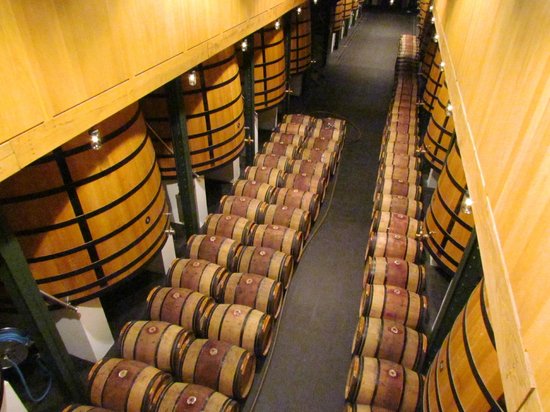
…to Pauillac
As in every great winegrowing region, the vagaries of geology and microclimate produce wines of different styles and quality, some of which have to content themselves with generic appellations: Médoc, Haut-Médoc or Bordeaux. The elite are to be found within a handful of prestigious local appellations such as Margaux, Saint-Julien and Saint-Estèphe. One of the most famous is certainly Pauillac, where the Cabernet Sauvignon grape, first planted there in the early 19th century, reaches its finest expression. The 1,200 or so hectares (3,000 acres) of the Pauillac appellation include three of the five “Premiers Crus Classés du Médoc et de Graves” (Médoc and Graves First Growths), Lafite, Latour and Mouton. That glorious trio is surrounded by 15 of the 60 Médoc estates to feature in the famous 1855 classification.
The birth of a First Growth
The Château Mouton Rothschild vineyard, mostly situated on a hillock called the “Plateau de Mouton” which rises to 27m above sea-level, is planted on very deep gravelly soil with the varieties typical of the region: Cabernet Sauvignon (81%), Merlot (15%), Cabernet Franc (3%) and Petit Verdot (1%). These proportions are not reflected identically in the wine, because the blend varies according to the character of each vintage. However, Cabernet Sauvignon always predominates: it is Cabernet Sauvignon that gives Mouton its rich tannins, its wealth of aroma and flavour and its ageing capacity, while Merlot, an inseparable companion, brings suppleness, roundness and exceptional length. As with other top Médoc wines, the vineyard is densely planted – 10,000 vines per hectare – and the average age of the vines is around 44 years.
The harvest
The grapes are hand-picked and placed in open baskets that keep them intact. After destemming, they are hand-sorted on vibrating tables. Those that pass this rigorous test are transferred into mobile bins and fed into the fermentation vats by the action of gravity alone. Thus, from vine to vat, the fruit is not subject to any non-natural pressure or constraint.
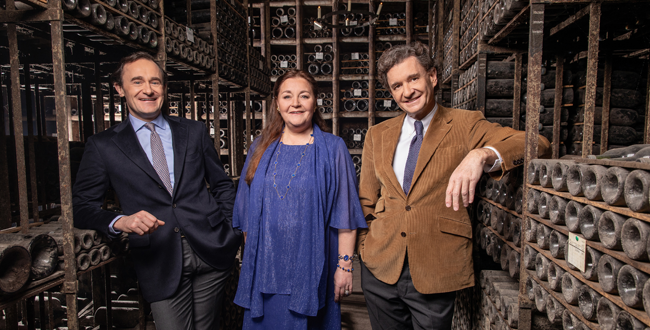
Vinification
At the cutting edge of technology, the gravity-feed vat room ushers in a new era in Mouton’s history. Built on two levels linked by elegant metal pillars in a harmonious marriage of wood and steel, it remains true to the Mouton tradition of oak vats. Of different size, the vats correspond to the different parcels of the estate, helping to optimise both selection at harvest-time and the blending of the wine. The vast majority of the vats at Mouton are made of oak (44 vats, fitted with transparent staves, so that the vinification process can be monitored), the others are made of stainless steel (20 vats).
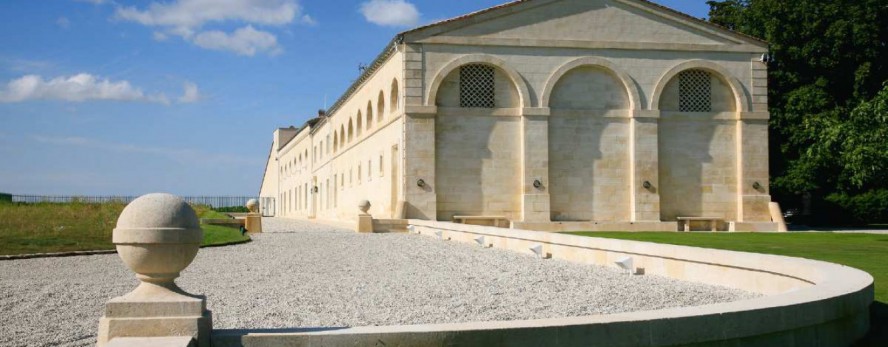
Maturing
After vinification, the wines are matured in new oak barrels and the various stages in the maturing process are carried out in the traditional Médoc manner, including topping-up, and fining with egg-white which is intended to clarify and stabilise the wine by precipitating the particles suspended in it. During the maturing process, which lasts about twenty months, the barrels are transferred from the Grand Chai to the second-year cellars, where the wine stays cool until the end of its stay at the Château.
